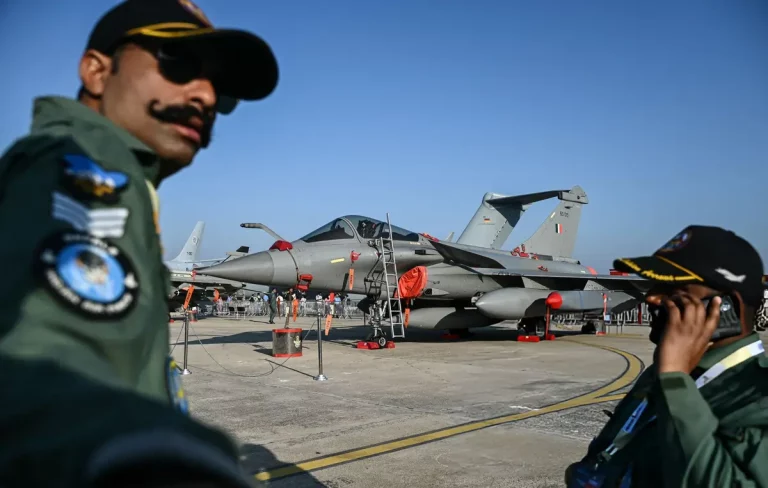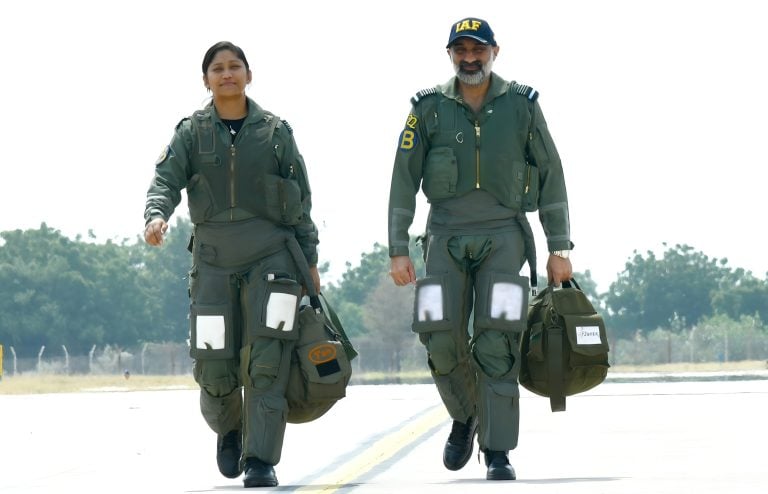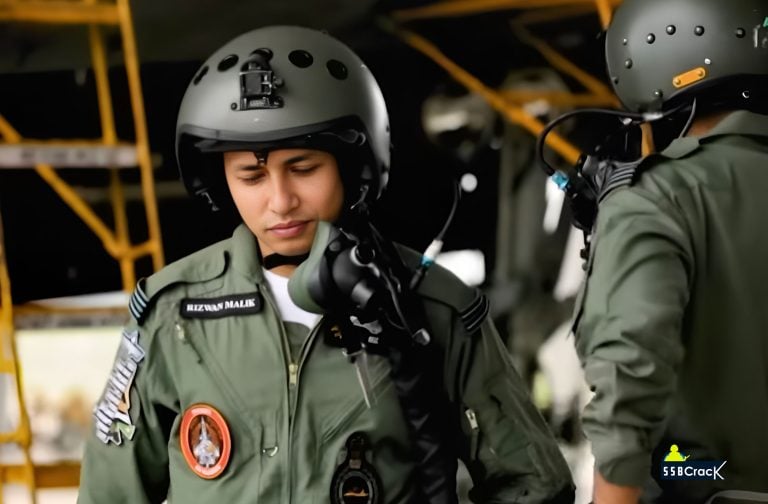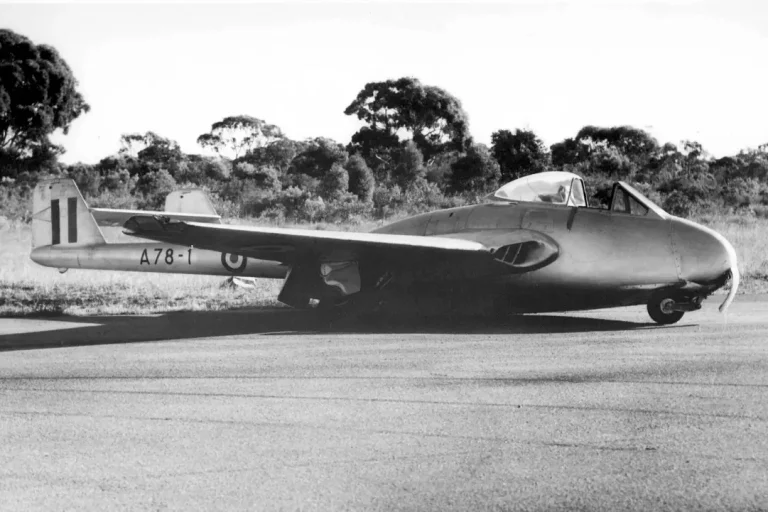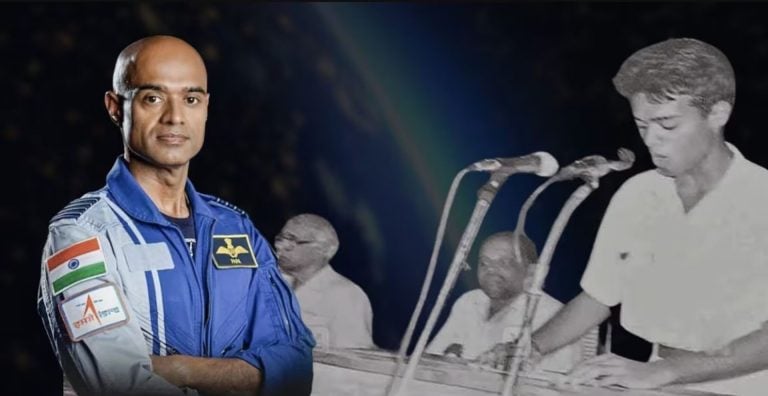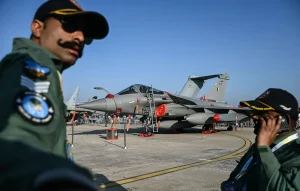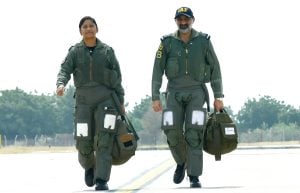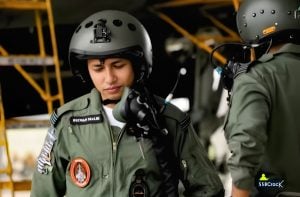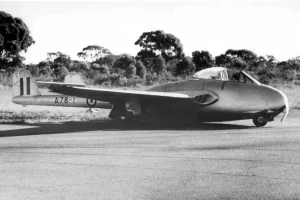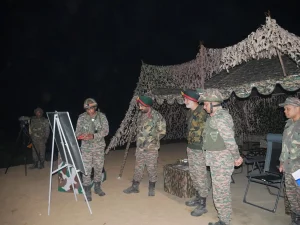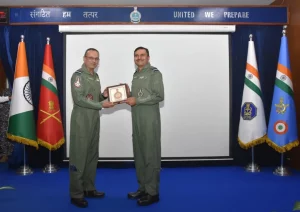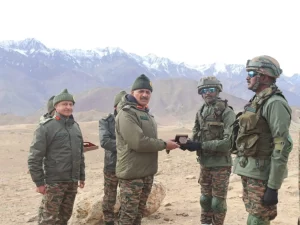On July 9, 2025, tragedy struck the Indian Air Force (IAF) when a Jaguar trainer aircraft crashed during a routine training sortie in Churu district, Rajasthan, claiming the lives of both pilots on board. Confirmed by the IAF, the victims were Squadron Leader Lokendra Singh Sindhu (33) and Flight Lieutenant Rishi Raj Singh (23). The incident unfolded near Bhanoda village at approximately 1:25 PM.
Fortunately, no civilian casualties or property damage were reported as a result of the crash. The IAF has announced the initiation of a court of inquiry to investigate the circumstances surrounding the accident.
The aircraft involved was a SEPECAT Jaguar, a twin-engine, deep-penetration strike aircraft of Anglo-French origin. It had taken off from Suratgarh Air Force Station when it crashed into an agricultural field during a training mission. Eyewitness accounts revealed a loud explosion followed by the sight of black smoke rising from the wreckage. Debris from the crash was found strewn over an area of 200 feet. A local farmer observed the jet spiraling down and noted the pilot’s commendable maneuver to steer the aircraft away from the village, prioritizing the safety of civilians.
This incident marked the third crash involving a Jaguar aircraft in 2025, following two earlier crashes in Haryana and Gujarat earlier in the year.
Squadron Leader Lokendra Singh Sindhu was a native of Rohtak, Haryana, and was recognized as a decorated and experienced pilot. He had been commissioned into the IAF in 2016 after extensive training at the National Defence Academy (NDA). Coming from a family deeply rooted in education—his father was a retired university superintendent and his mother a teacher—Sindhu was the youngest of three siblings. Additionally, his sister served as a short-service officer in the IAF while his brother worked for a multinational corporation.
In his personal life, Sindhu had married during the COVID-19 pandemic and welcomed his first child just weeks before the tragic crash, on June 10, 2025. His wife, residing at her parental home in Hisar, received the heart-wrenching news of his passing shortly after the incident. He was remembered by family members as a brilliant student and a humble officer who had always aspired to serve his country in the skies.
Flight Lieutenant Rishi Raj Singh, 23, hailed from Pali district in Rajasthan. Renowned for his exceptional skills, discipline, and enthusiasm, Singh’s untimely death left his hometown of Jodhpur in mourning, with many describing him as a “rising star.” Tributes on social media emphasized his selfless decision to guide the aircraft away from populated areas rather than ejecting, showcasing a remarkable display of courage that resonated with many young Indians.
Both officers were serving with the No. 5 Squadron of the Indian Air Force, known as the "Tuskers." Founded in 1948 in Kanpur, this squadron holds a distinguished history as India’s first bomber unit and has been integral in major conflicts, including the wars of 1965, 1971, and the Congo UN mission in 1961. Currently stationed at Ambala Air Force Station under the Western Air Command, the Tuskers are recognized for their strategic deep-strike capabilities.
The Jaguar aircraft, also referred to as "Shamsher" or the Sword of Justice, is celebrated for its versatility, capable of executing low-level penetration missions, precision bombing, maritime strike operations, and carrying nuclear payloads. However, flying the Jaguar requires immense skill, especially as it lacks modern automatic ejection systems, which complicates pilots’ missions.
The recent crash has intensified concerns regarding the ageing Jaguar fleet, which was originally designed in the 1960s. With over 50 recorded crashes in 45 years and an average of two to three incidents annually in recent times, safety has become an increasing concern. Despite plans for retirement around 2032 to 2035, the operational necessity of the Jaguar aircraft remains due to a shortage of combat aircraft and its unique capabilities. Advanced jets like the Rafale, Su-30MKI, and Tejas Mk1A are expected to gradually replace the aging fleet.
Squadron Leader Lokendra Singh Sindhu and Flight Lieutenant Rishi Raj Singh represent more than just statistics; they symbolize duty, valor, and the ultimate sacrifice for their nation. Their courageous actions in steering the dying aircraft away from civilian homes embody the core ethos of the Indian Air Force: "Touch the Sky with Glory." Their legacy will be immortalized in the annals of history, as their courage continues to resonate in the hearts of many.



